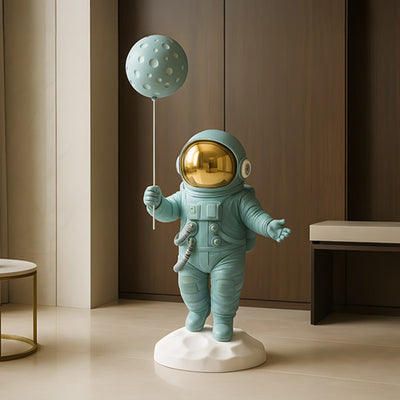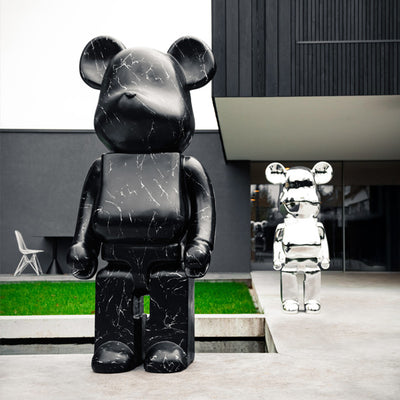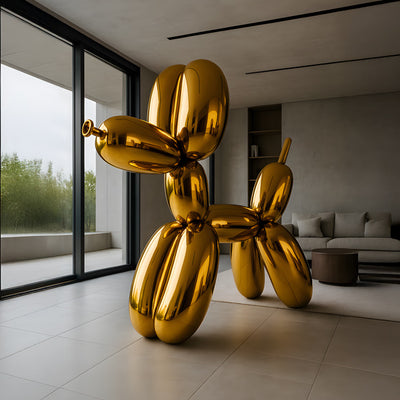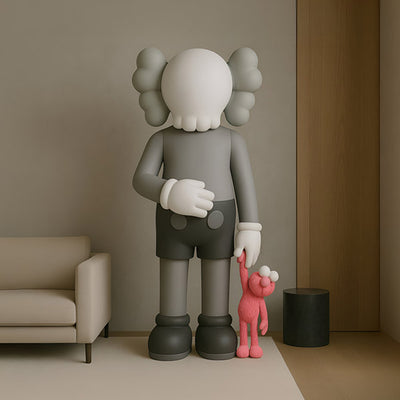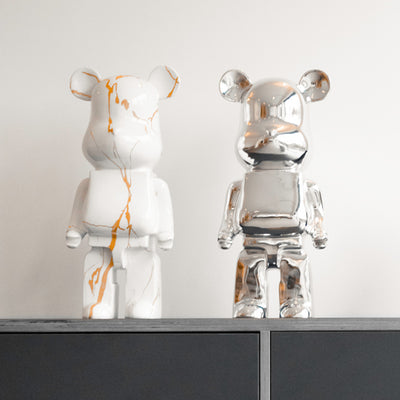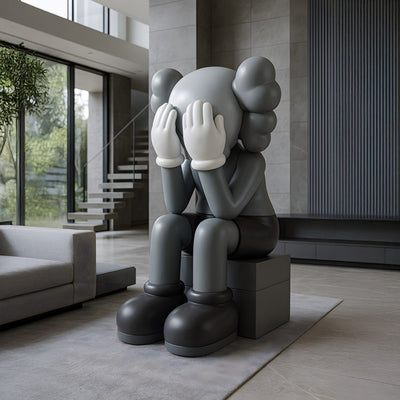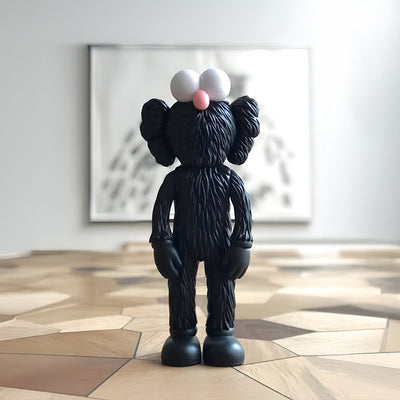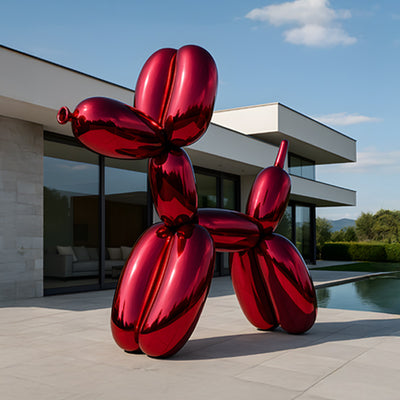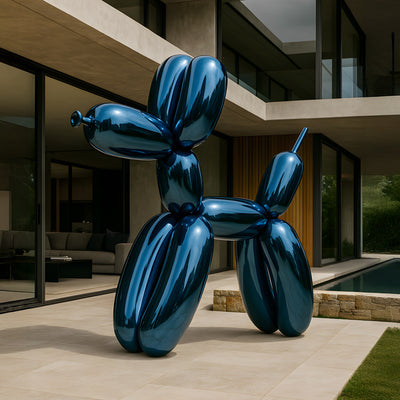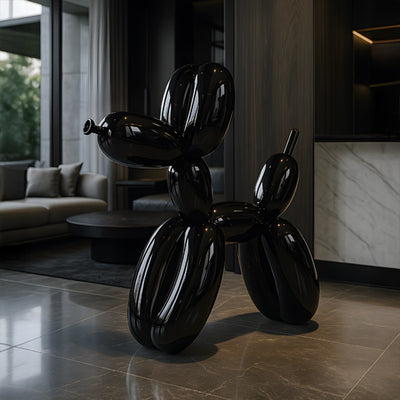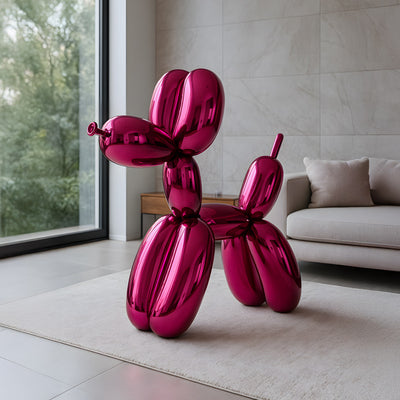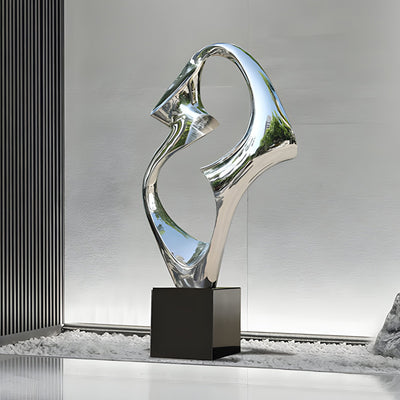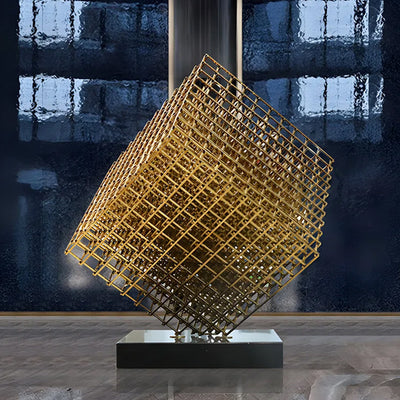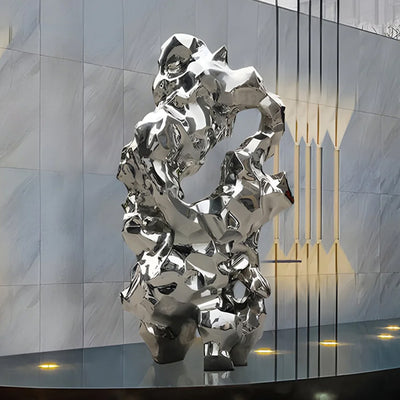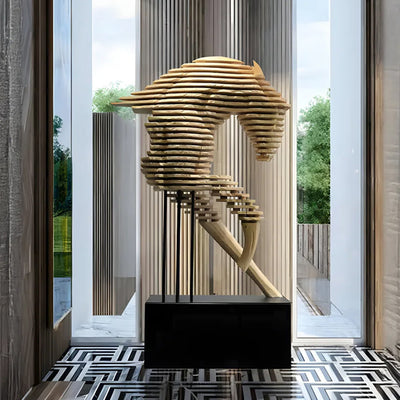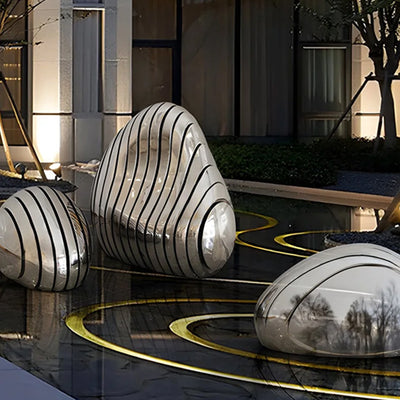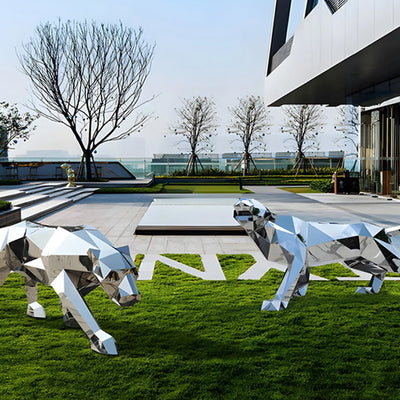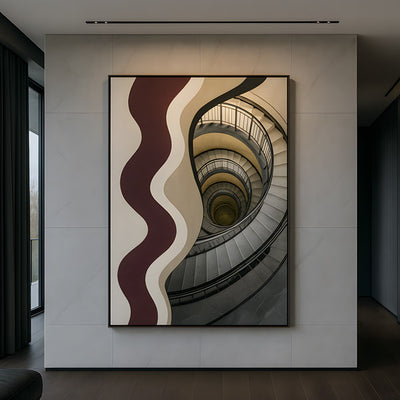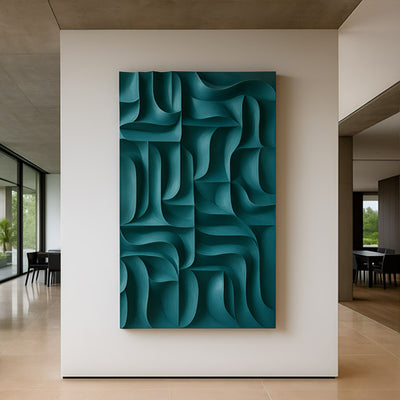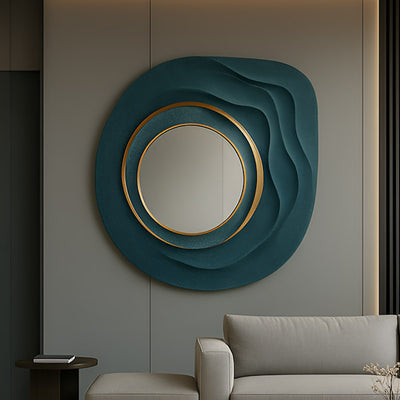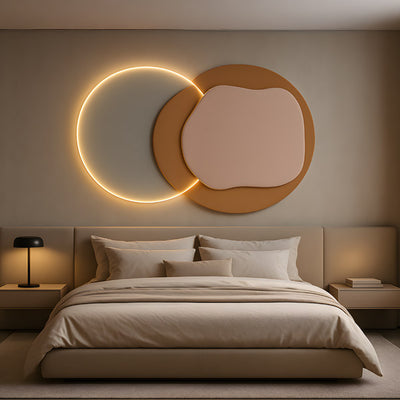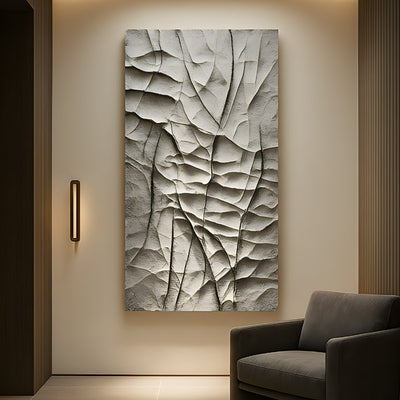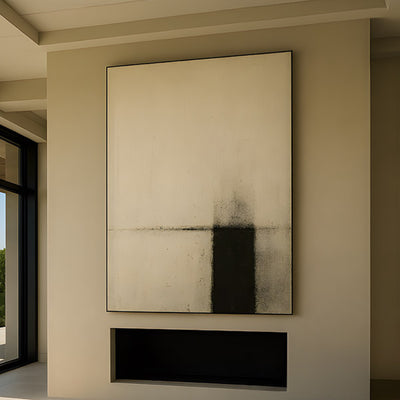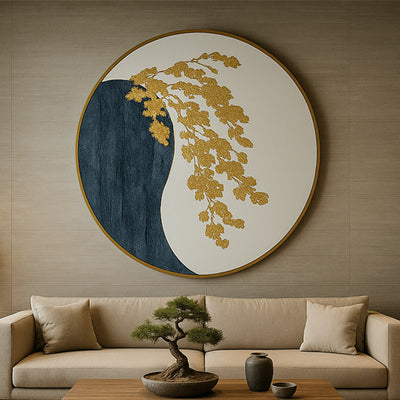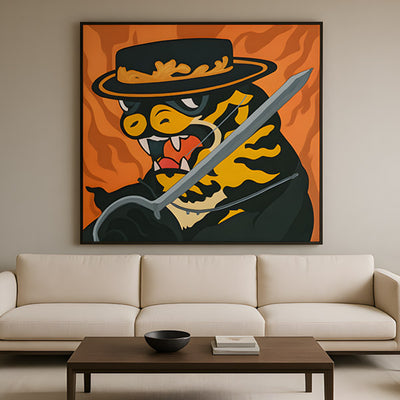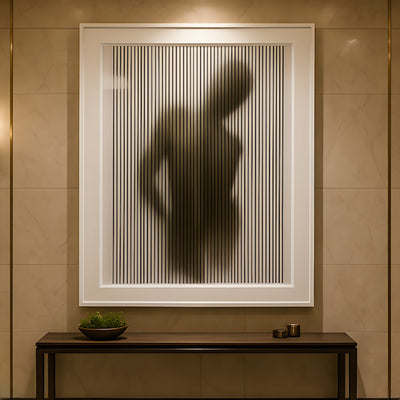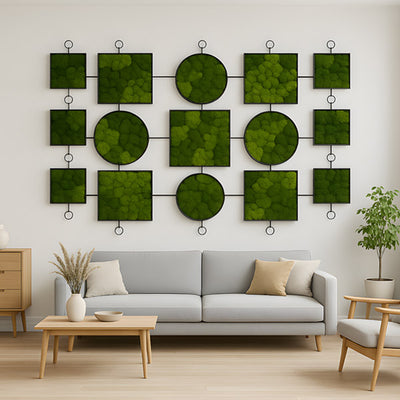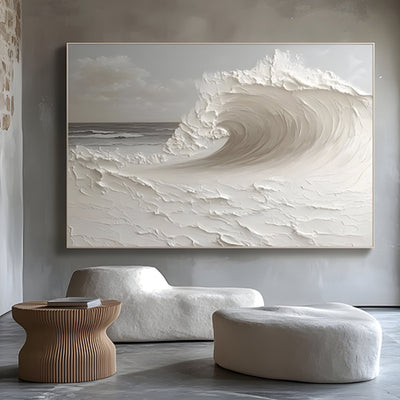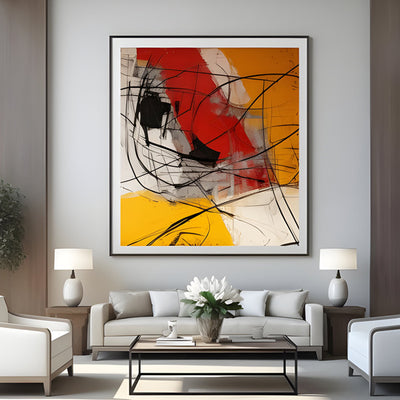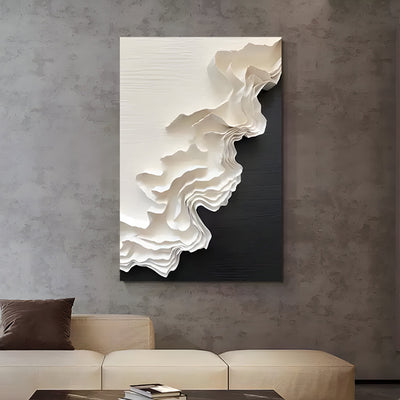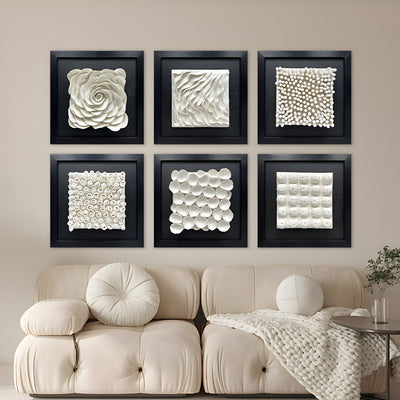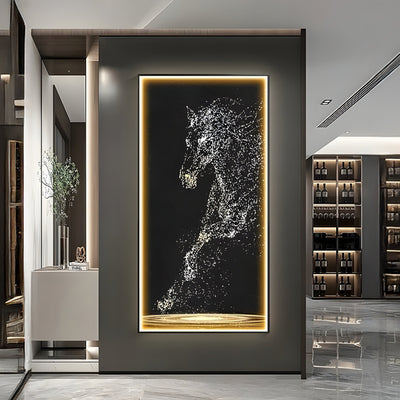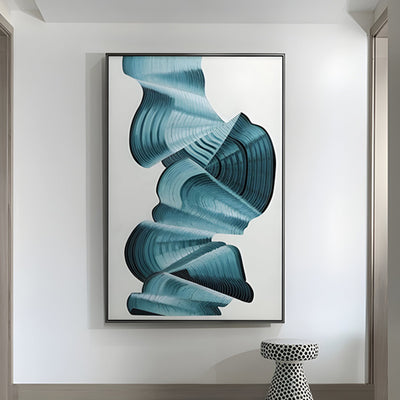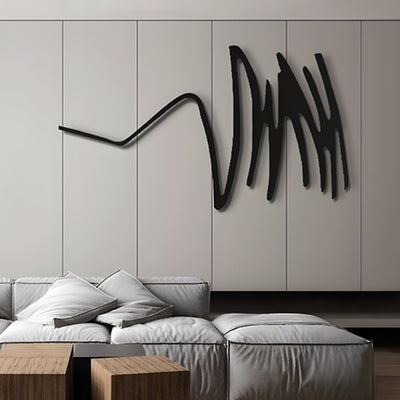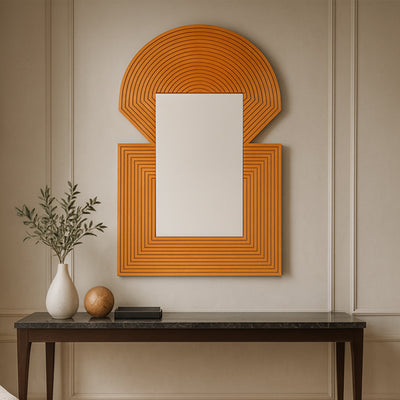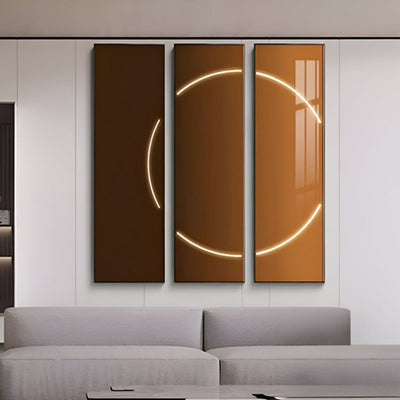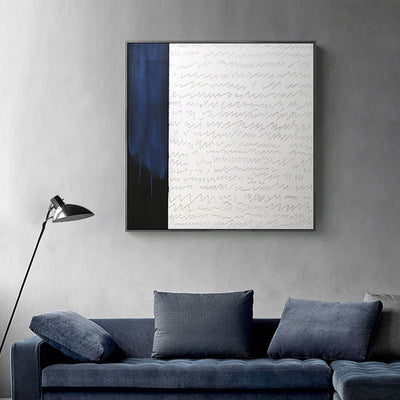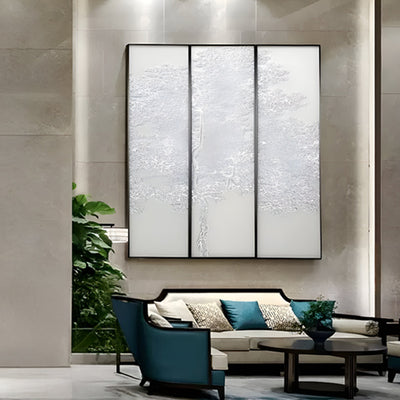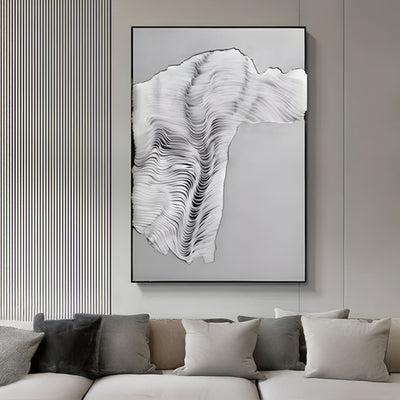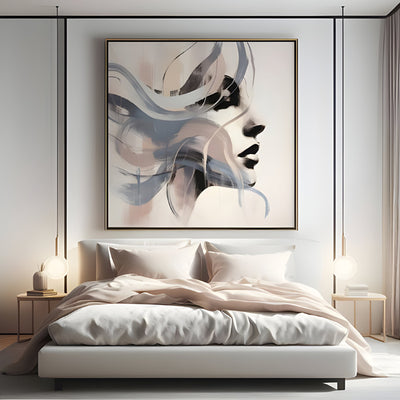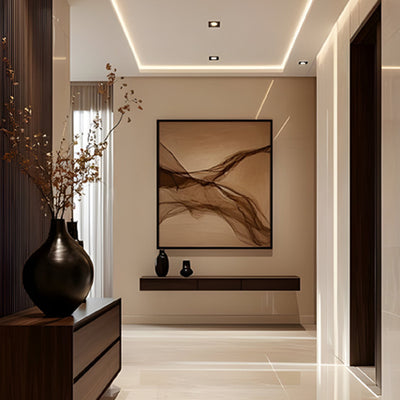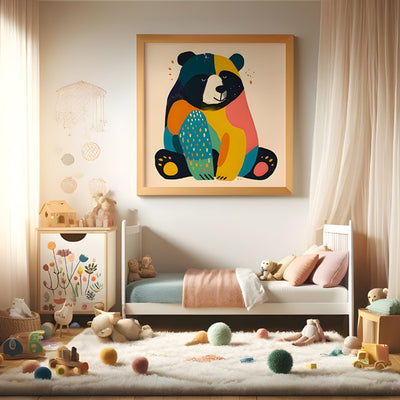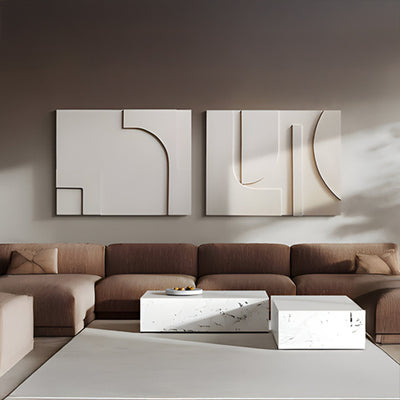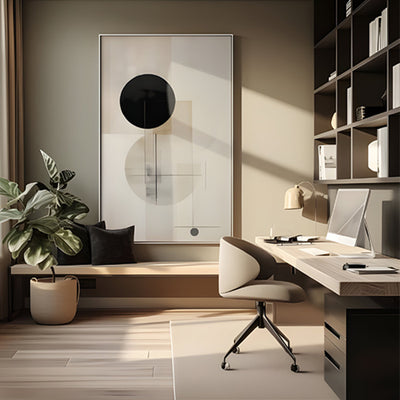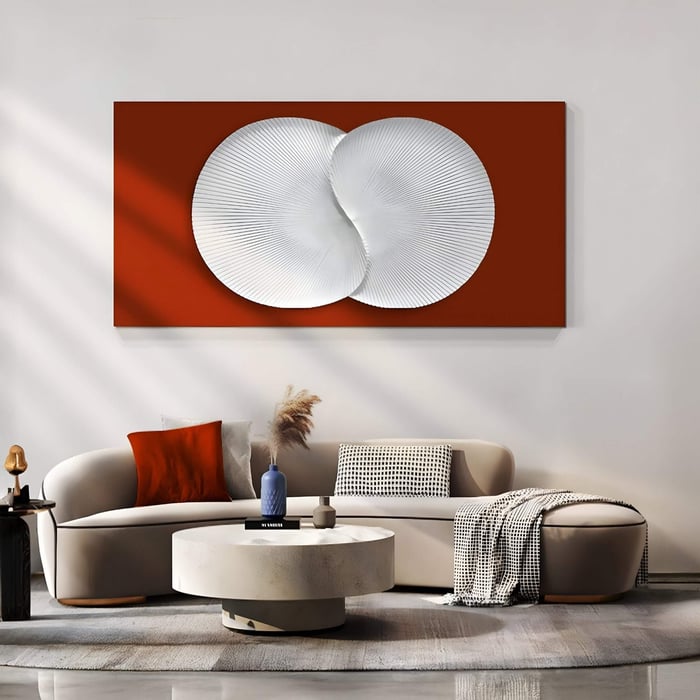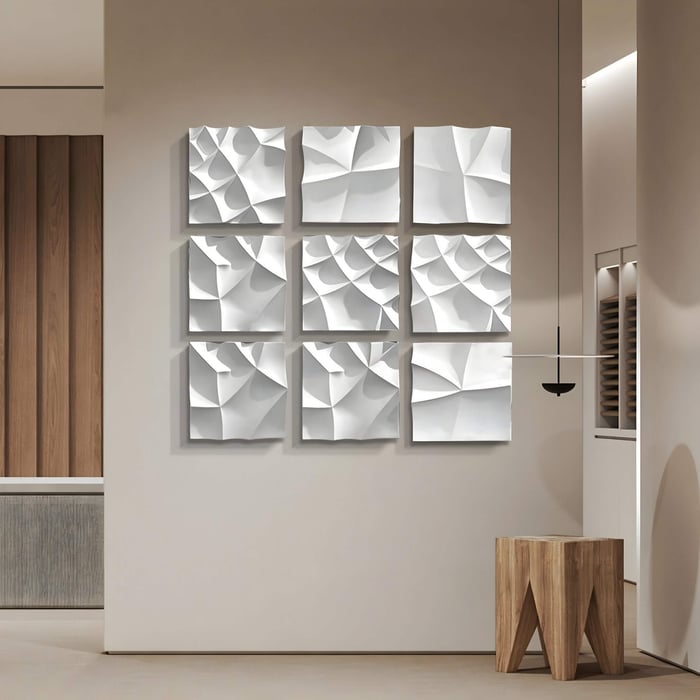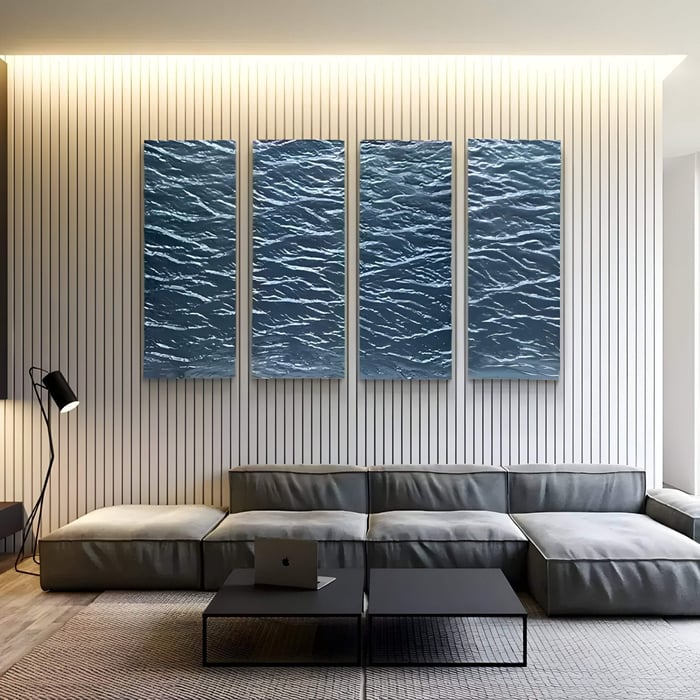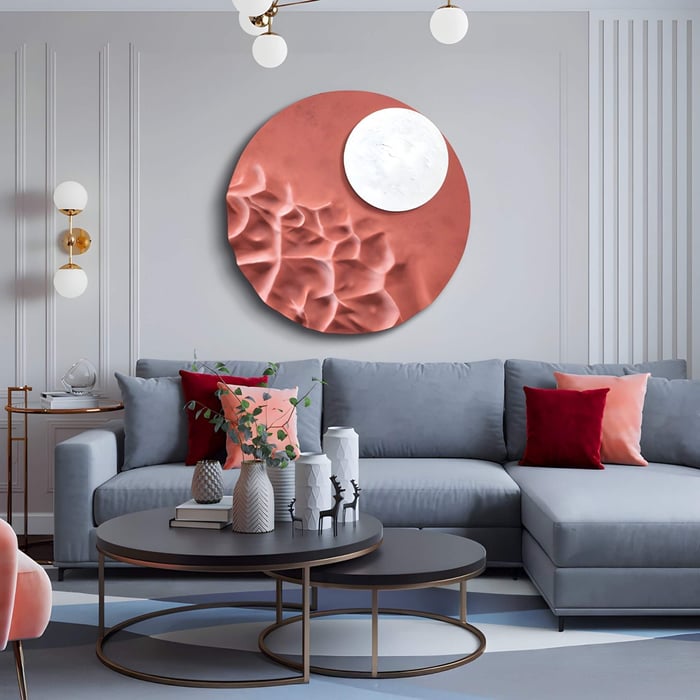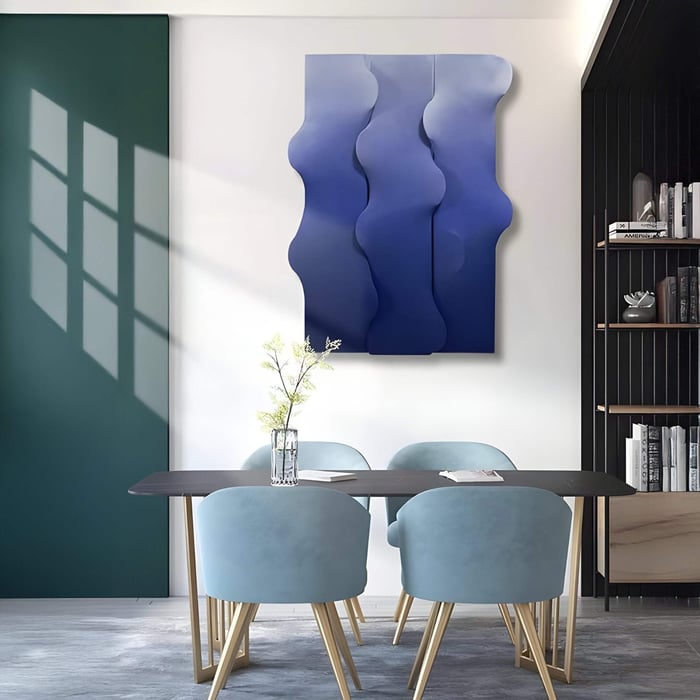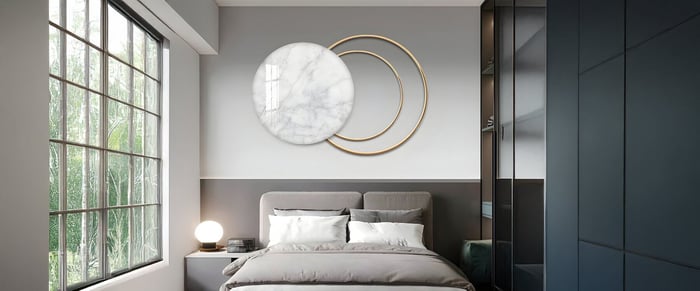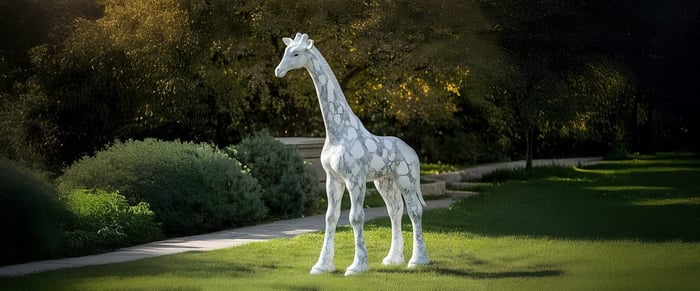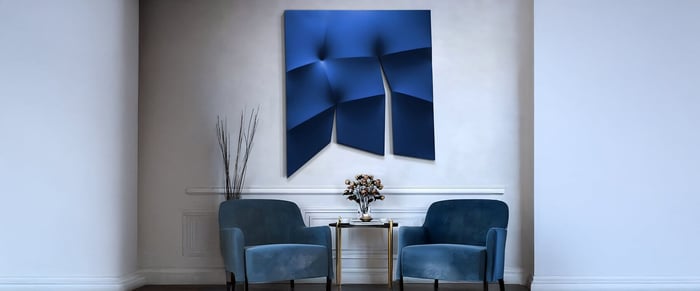Introduction
Few materials can rival the timeless beauty and versatility of wood art. As an expressive and organic medium, wood brings a unique sense of warmth and soul to interior spaces. Whether it’s a carved panel, an abstract composition, or a rustic wooden mosaic, this form of art blends craftsmanship with nature, offering a distinctive aesthetic that flat or synthetic materials often lack.
In recent years, wood art has become a favorite in both modern and rustic home decor. Its ability to serve as a neutral anchor or bold statement piece makes it adaptable to various styles. Homeowners and interior designers alike are turning to wooden wall decor not only for its natural appeal but also for its emotional resonance. Incorporated as part of living room art or featured in entryways and bedrooms, its charm is undeniable.
Let us explore why this traditional medium has made a powerful comeback and how you can integrate wood art to elevate your living spaces.
What is Wood Art?
Wood art refers to any artistic wall decor crafted using natural wood materials. From reclaimed timber to finely polished hardwoods, these pieces may be hand-carved, laser-cut, layered, or even painted to create visually striking compositions. Each piece is unique - bearing the fingerprint of nature through its grain patterns and organic imperfections.
In contrast to 3D art, which often uses sculptural forms and mixed media to create depth, wood art tends to emphasize tactile textures and natural tones. While resin art captures fluid motion with glossy finishes and bold pigments, wood art offers a more grounded, earthy aesthetic.
Another defining feature of wood art is its craftsmanship. Many pieces are handcrafted by skilled artisans, ensuring no two are alike. Whether minimalist or ornate, this genre of wall art invites the viewer to connect emotionally with the piece - and the material itself.
Types of Wood Used in Wall Art
Choosing the right wood plays a significant role in the overall impact of a piece. Common types include:
Oak: Known for its durability and pronounced grain, oak is often used in modern geometric designs and traditional carvings.
Walnut: With rich, dark tones, walnut adds sophistication to any setting.
Teak: Popular for its resistance to decay and deep brown hues, it’s ideal for both indoor and outdoor wall decor.
Birch: Light in color with subtle grain, birch works well in Scandinavian or minimalist interiors.
Reclaimed Wood: Sourced from old barns, ships, or factories, reclaimed wood adds character, history, and sustainability.
Each type of wood offers distinct textures and shades, which can dramatically influence the final look of a piece. Moreover, many artists and buyers today are seeking eco-friendly options, making sustainably sourced or recycled wood an appealing choice.
The Emotional and Visual Appeal of Organic Textures
In a world increasingly dominated by screens and synthetic materials, the return to organic textures is refreshing. Wood art stands out for its raw, tactile quality. The natural knots, grooves, and grains create a visual rhythm that’s both calming and dynamic.
Unlike flat prints or digital works, wood engages multiple senses. You see it, feel it, and sometimes even smell it. This multi-sensory connection fosters a deeper emotional bond with the artwork - turning your wall into more than just a backdrop.
Furthermore, wood art serves as a natural counterbalance to modern interiors filled with metal, plastic, and glass. It softens sterile environments and creates a sense of warmth and welcome. This emotional dimension is why wood continues to be a preferred medium in spaces meant for relaxation and connection.
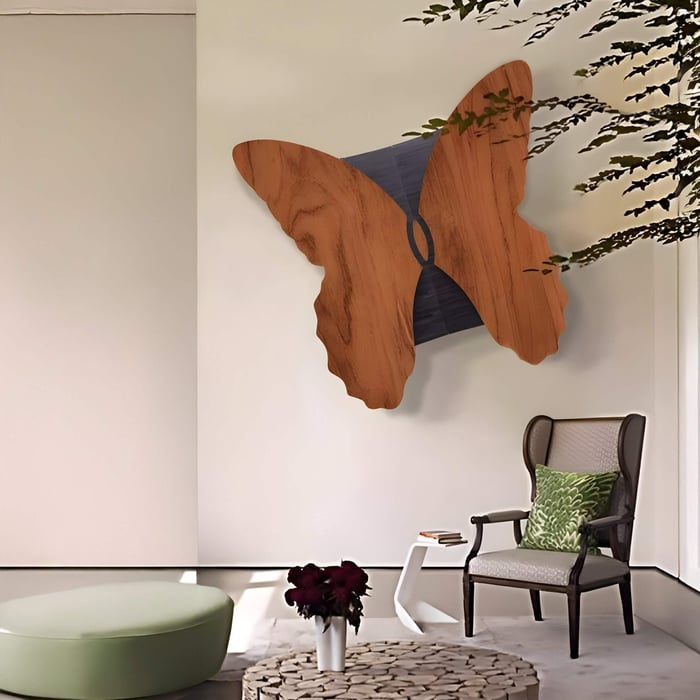
How Wood Art Fits in Modern and Rustic Interiors
One of the greatest strengths of wood art is its adaptability. In modern art settings, sleek wooden panels with minimalistic lines can echo the geometry of contemporary furniture, adding warmth without disrupting the aesthetic. For example, a laser-cut walnut design mounted above a mid-century console can bring depth and cohesion to a clean-lined space.
In rustic or farmhouse interiors, wood art enhances the organic feel. Weathered planks, barnwood mosaics, or vintage carvings resonate with the textures of leather sofas, stone fireplaces, and woven textiles. This makes it an ideal choice for living room art, where people gather and connect.
Moreover, pairing wood with materials like metal, glass, or resin art can create layered effects that enrich the room’s character. Whether you lean toward urban minimalism or countryside charm, there’s a form of wood art that complements your vision.
Choosing the Right Piece for Your Wall
Selecting the perfect piece involves more than aesthetics - it’s about spatial harmony, functional context, and personal expression. The right addition can elevate your space, creating a sense of cohesion or acting as a bold focal point that sparks conversation.
Size & Placement
Start by evaluating the dimensions of your wall. Oversized panels or multi-piece compositions like diptychs and triptychs are excellent for spacious walls, providing visual weight and balance. They can help define open areas such as loft-style living rooms or large dining spaces.
In more compact rooms or transitional areas like corridors, opt for smaller, vertically oriented pieces or thoughtfully arranged gallery-style clusters. When placing artwork above furniture - like a sofa or console - ensure it's centered and appropriately scaled, generally occupying two-thirds of the furniture's width for ideal proportion.
Also, consider how the piece will be viewed in relation to natural light, movement, and sightlines. For instance, in high-traffic zones such as entryways or staircases, select materials and finishes that can withstand incidental contact and minimize maintenance.
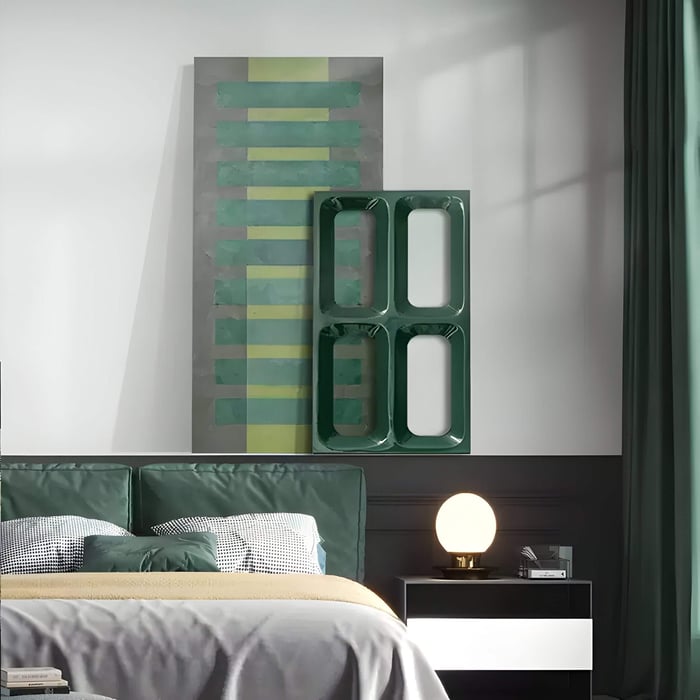
Color & Finish
The tone of the material should align with the mood you want to cultivate. Lighter shades can make a room feel airier and more expansive, while darker tones introduce warmth and sophistication. Matching the hues to existing elements such as flooring, cabinetry, or accent decor helps tie the visual story together.
Finishes play a subtle yet vital role. A matte surface emphasizes the natural character of the material and is ideal for creating an understated, earthy vibe. In contrast, high-gloss or lacquered finishes reflect light and lend a more contemporary edge. Consider how these finishes will react under different lighting conditions - especially near windows or beneath directional spotlights.
Style Pairings
Combining different materials can bring additional layers of interest and dimension. A natural timber panel might be complemented by adjacent pieces in resin art, offering a contrast between raw texture and fluid luminosity. Similarly, integrating elements from 3D art - such as sculptural forms or raised relief patterns - can enhance the spatial dynamics of your wall.
You can also juxtapose rustic finishes with metallic frames or minimalist designs to strike a balance between traditional and contemporary aesthetics. This kind of interplay works especially well in transitional interiors where blending styles adds richness and character.
Finally, don’t underestimate the power of storytelling. A piece that reflects your travels, heritage, or values can become more than decor - it becomes a personal statement. Whether subtle or bold, your choice should align with both your interior design goals and your emotional connection to the space.
Conclusion
Wood art is more than a decorative element - it’s a bridge between nature and design, tradition and modernity. With its warm tones, tactile textures, and unmatched versatility, it continues to inspire and elevate interior spaces across styles and settings.
Whether you're refreshing a single room or curating an entire home, incorporating wood art is a meaningful way to express character and invite comfort. Its visual appeal, emotional warmth, and handcrafted authenticity set it apart in today’s wall art landscape.
